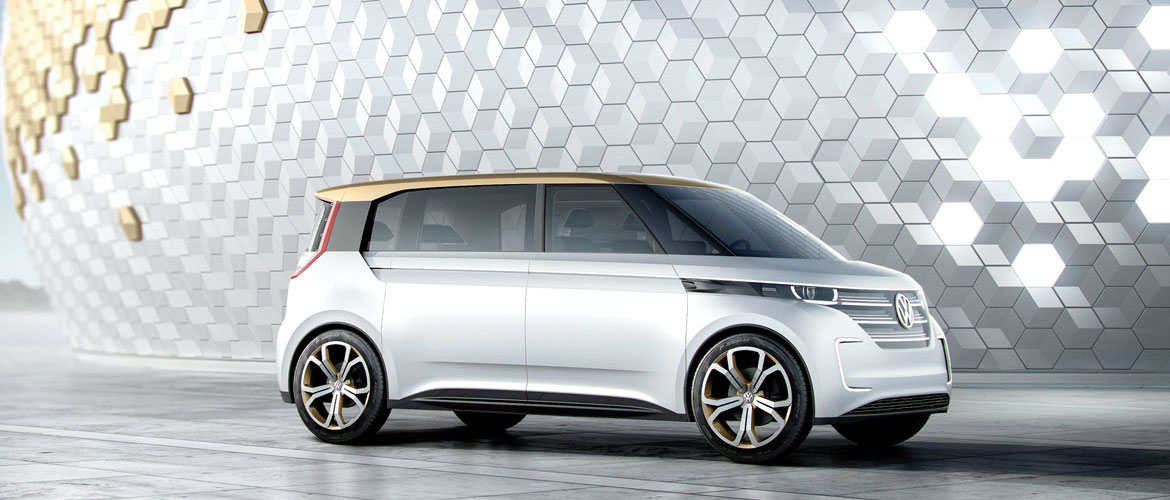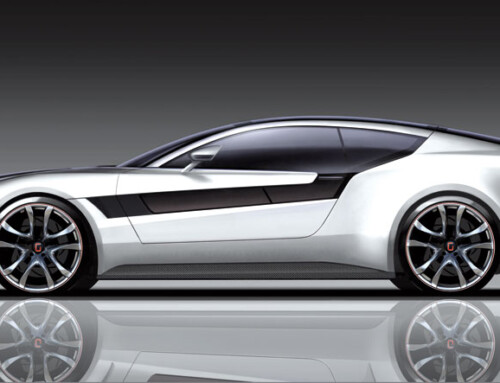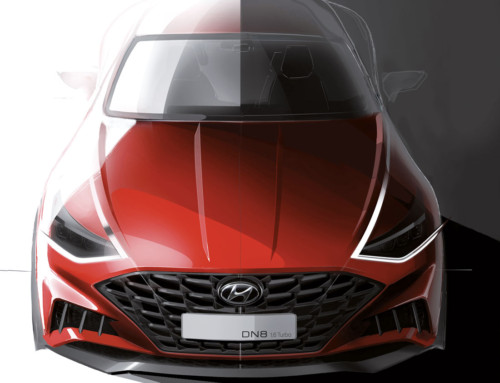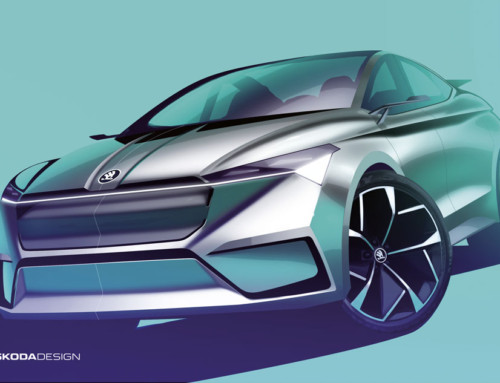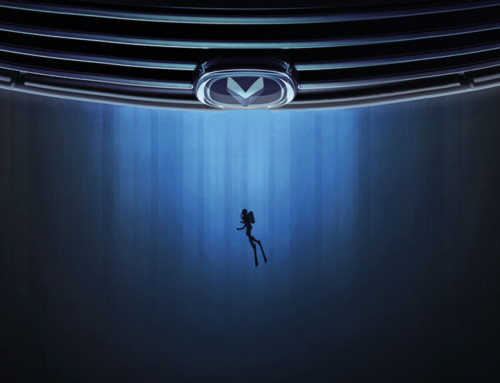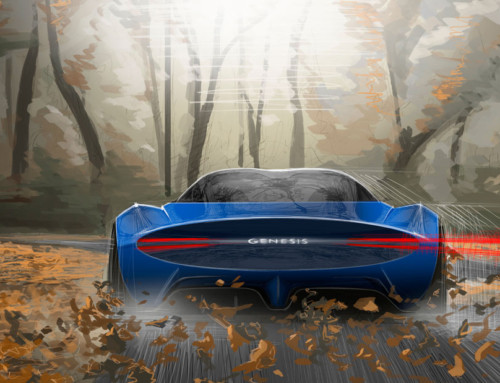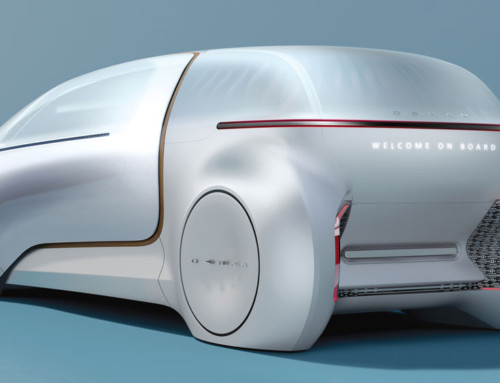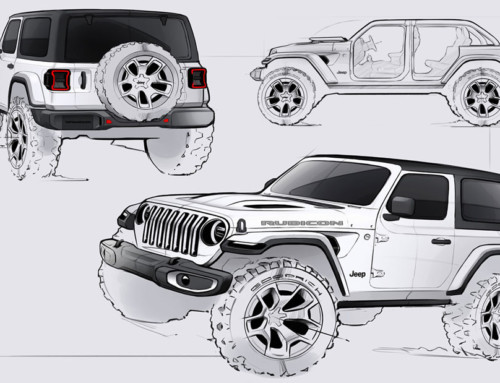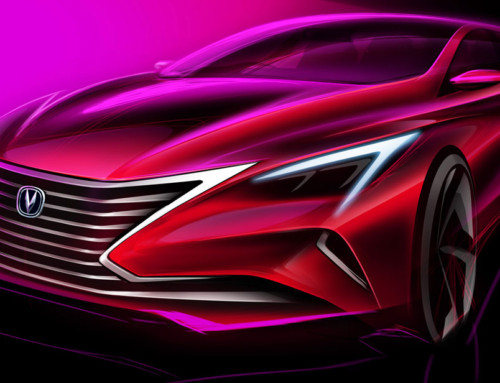The future of the car and the future of technology go arm in arm. The digital age is this too: cars that drive themselves, or that are learning to do so, machines – in every sense of the term – that evolve in step with wearable devices, smartphones, augmented reality and appliances that are intelligent and, obviously, interconnected. Once again, this year’s CES –Consumer Electronics Show – offered a review of the changing digital world. This edition is not brimming with exciting novelties, or what we could call sparkling innovations, but there were plenty of interesting ideas.

The spotlight at Las Vegas was focused on stands crowded with devices, and plenty of smartwatches that are finally reaching maturity and becoming more useful. But the dominant theme of the proposals from the stars of the electronics world was the so-called Internet of Things; they actually appeared to be rather short on revolutionary ideas, preferring to concentrate on the incremental technological improvement (LG and its Oled televisions, for example). And on the Internet of Things. For instance, Samsung has applied the concept of IoT to the management of everyday life: from connected TVs to Family Hub refrigerators linked in a network, and the new generation of smartwatches that can open your car door.

As a result, among the many drones and overboard systems, which gullible people consider the future of mobility, the CES provided a stage for chip manufacturer Nvidia, which revealed the second generation of its autonomous driving platform (Drive Px 2). The car received more attention at the 2016 edition than at any previous edition, with several manufacturers present. In an evolutionary environment where, in recent months, it looked as if traditional manufacturers were destined to give way before the (threatened rather than real) advance of the giants of Silicon Valley, the “old” carmakers are now showing their teeth. They have understood and taken on board the changes taking place in consumer dynamics and in technology, embracing new paradigms: from the electric car, to the shared car (such as the steps taken in this direction by GM). We are possibly at the dawn of a revolution, a new departure for a sector that many people thought was insolvent and which on the contrary is showing signs of strong cultural, productive and technological vitality. The world’s giant carmakers have understood and accept that they must also be able to transform themselves from pure carmakers into suppliers of mobility services.

The CES saw the success of the automotive world over technology developed in California, particularly where autonomous driving was concerned. A study by Thomson Reuters revealed that Toyota leads the field for the number of patents, ahead of Bosch (which is behind the “autonomous” Tesla), Denso, Hyundai and General Motors. The first Silicon Valley company in terms of the number of autonomous driving patents is Alphabet, i.e. Google, which is in 26th place. And at the CES there were cars that drive themselves, connectivity solutions in which the car becomes a cornerstone of the Internet of Things and, above all, new forms of interaction between man and machine.

In this context, at Las Vegas BMW revealed innovative gestural interfaces, defined as Vision Future Interaction, which aim to overcome today’s school of thought. Touch dominates in consumer electronics but it has not been a great success in the automotive field (perhaps only with marketing people), while the commands given with the gesture of a hand seem to be interesting from both an ergonomic perspective (the systems learn and adapt to the driver) and a design perspective. Volkswagen is also focusing on gesture control, starting with an electric Golf, and taking it to its extreme as an interface in the Budd-e concept car, where the facia is completely without any physical controls.

The article continues in A&D no. 217
Fare clic sul pulsante di modifica per modificare questo testo.

